Otoscopy

specialists

equipment

treatment

When is an otoscopy required?
- Deterioration of hearing or its obvious decrease
- Feeling of fullness in the ears
- Constant noises or ringing inside
- Pain or discomfort in the ear area
- Itching that causes concern
- Suggestions about damage to the eardrum
- Risk of developing ear diseases
- Discharge, including blood
- Feeling of liquid
Diagnostic capabilities

Otoscopy allows you to identify a number of diseases and conditions. Among them:
- Presence of foreign objects and accumulation of sulfur
- Changes in the condition of the eardrum, including damage and inflammation
- Otomycosis caused by fungal infections
- Otosclerosis, which makes it difficult to perceive sounds normally
- Eczema in the outer ear
- Boils that cause acute inflammation
- Growth of polyps interfering with normal ear function
- Inflammatory processes in the ears, including otitis media of varying severity
- Abnormal discharge indicating infectious and inflammatory processes
If you have complaints about ear problems, you must undergo an examination. An accurate diagnosis is the key to successful treatment.
General information about the procedure
Otoscopy in children: features of the procedure
Otoscopy for pediatricians is performed in a similar manner to adults, but with some adaptations:
- It is important to have an explanatory conversation with the child to explain the safety and absence of pain in the process
- Parents or guardians are usually present during the examination to support the baby
- For children, special smaller ear specula are used
- The auricle is gently pulled back and down, taking into account the anatomical features
Important! In children, the eardrum is more sensitive, which may cause some discomfort during the procedure.


How is an appointment with an otolaryngologist at K+31?
Our doctors

This award is given to clinics with the highest ratings according to user ratings, a large number of requests from this site, and in the absence of critical violations.

This award is given to clinics with the highest ratings according to user ratings. It means that the place is known, loved, and definitely worth visiting.

The ProDoctors portal collected 500 thousand reviews, compiled a rating of doctors based on them and awarded the best. We are proud that our doctors are among those awarded.
Make an appointment at a convenient time on the nearest date
Price







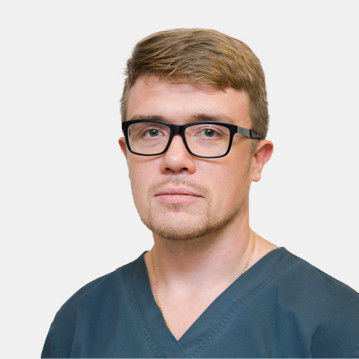

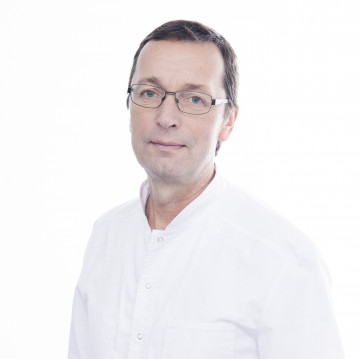
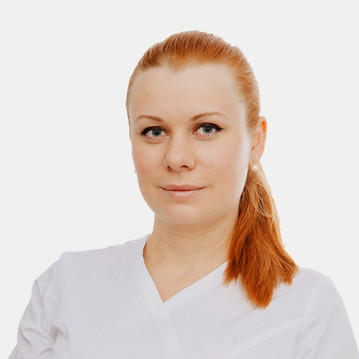



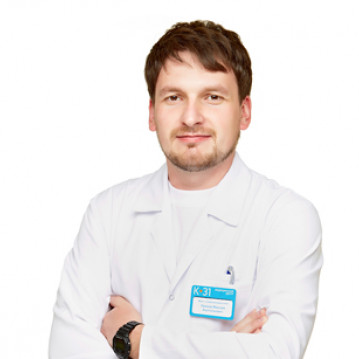


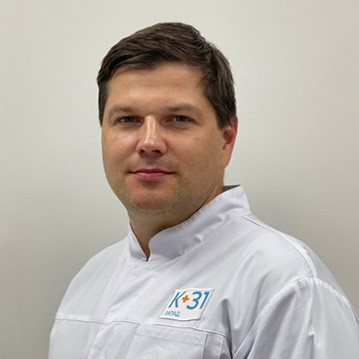




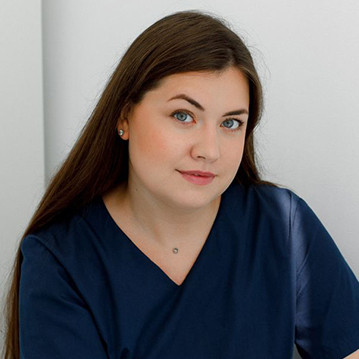
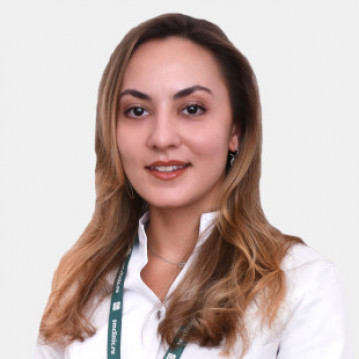





About the service
Otoscopy is a process that allows a specialist to examine the outer ear and eardrum. This method is used to identify various disorders and conditions. The doctor uses a special instrument to examine the ear canal in detail and identify diseases.
Pneumatic otoscopy is a special method that allows you to assess the mobility of the eardrum by creating pressure in the ear canal.
During the inspection the following may be discovered:
The purpose of otoscopy is to determine the cause of the problem so that effective treatment can be prescribed.
Otoscopy is safe and has no direct contraindications. However, some conditions may complicate the diagnosis: congenital features, a blocked canal, or swelling that prevents examination.